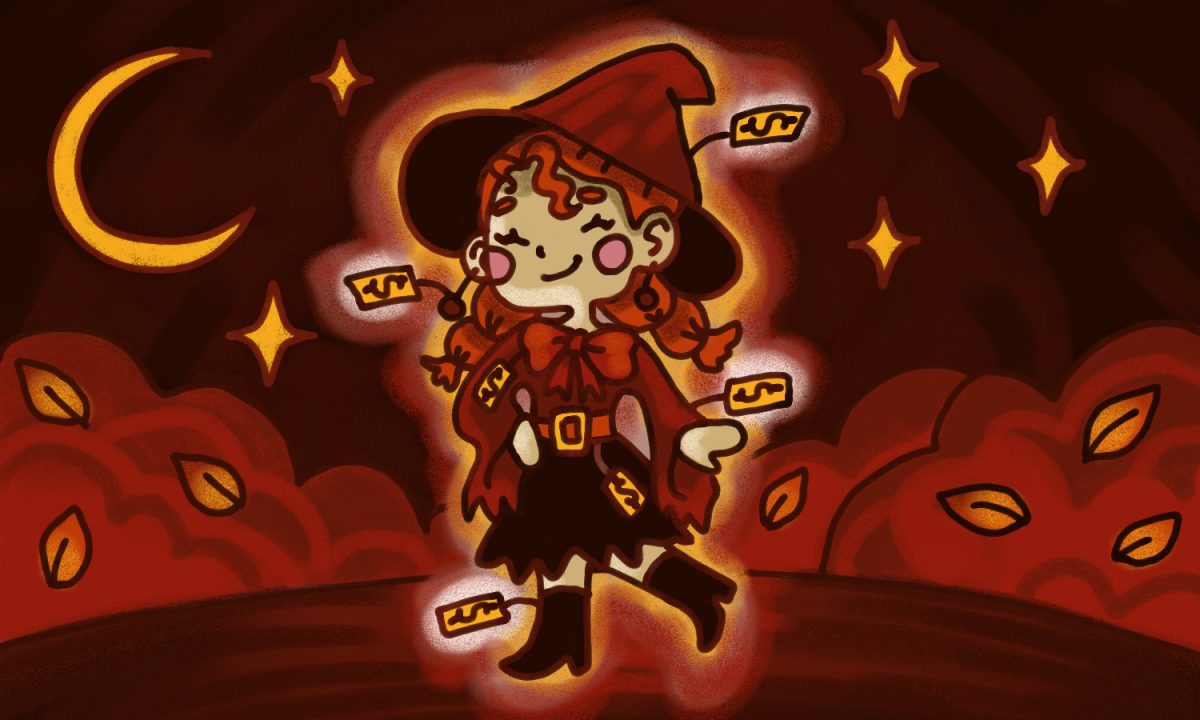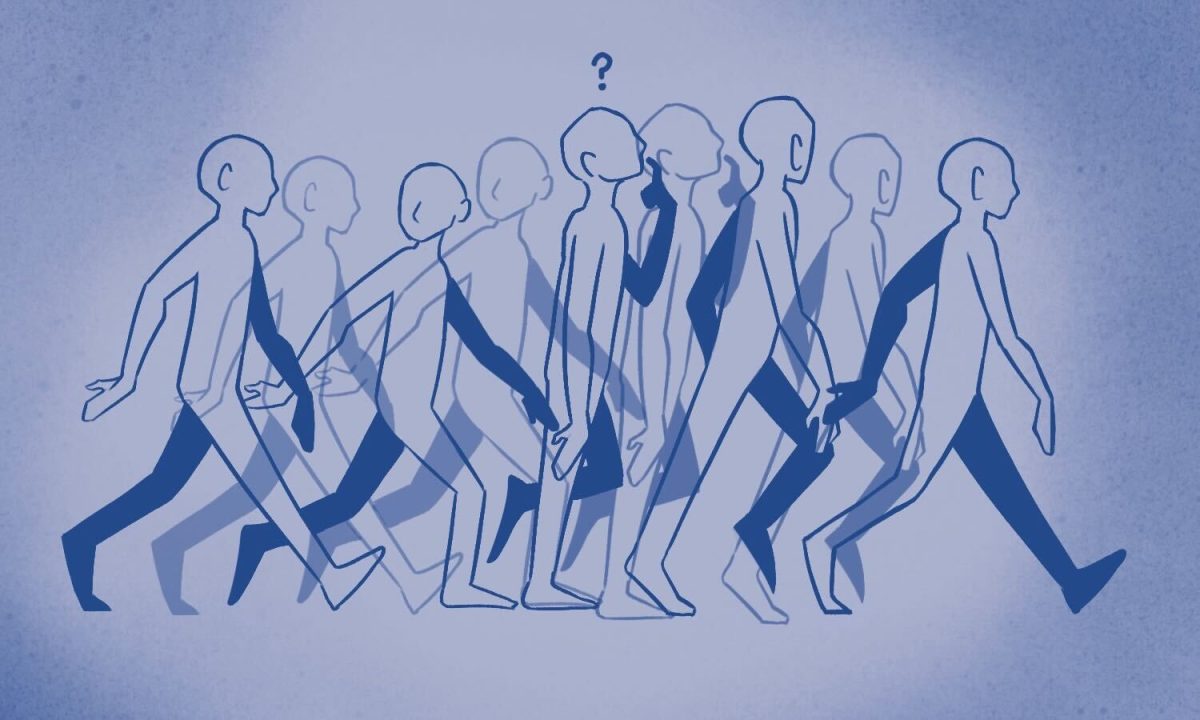Psychotherapy, popularly called talk therapy, relies on interactions between a therapist and a client to address a problem the client may be having. Psychotherapy comes in many different forms, and many therapists often specialize in one or multiple, sometimes combining approaches when providing care.
Here are some of the most popular forms of talk therapy and a little bit about them.
1. Cognitive behavioral therapy
Cognitive behavioral therapy is one of the most popular forms of psychotherapy, with its effectiveness reaching into many problems, from depression to addiction problems. CBT is commonly helpful when a problem is caused by negative ways of thinking or negative behaviors and can help individuals learn coping skills to relieve symptoms.
This type of therapy emphasizes the individual’s role in their treatment, and therapists practicing CBT will often assign homework to teach this role to their clients.
2. Dialectic behavioral therapy
Dialectic behavioral therapy is similar to CBT and was primarily built off of it but adapted for people who experience intense emotions. DBT is used to treat borderline personality disorder, post-traumatic stress disorder and other disorders relating to anxiety, depression and eating.
Therapists practicing DBT will often let their clients call them during distressing situations as part of the healing process. DBT’s main goal is to validate individuals’ feelings and challenges and give them the tools they need to be able to handle distressing situations and calm down again.
3. Acceptance and commitment therapy
Acceptance and commitment therapy is different from other methods of talk therapy because it does not try to change or evaluate the feelings associated with something the client has experienced but rather accepts that the experience happened.
An ACT therapist will help their client identify negative patterns of thought or behaviors and work with them to accept these. The therapist would then likely help their client work toward mindfulness techniques involving these negative thoughts and behaviors so they know how to handle them when similar situations come up in the client’s everyday life.
4. Eye movement desensitization and reprocessing therapy
Eye movement desensitization and reprocessing therapy is becoming an increasingly popular method of psychotherapy to treat conditions like PTSD and anxiety disorders. Distressing life experiences can lead individuals into a trauma response when reminded of these distressing experiences. EMDR therapy seeks to find these memories and change the patient’s point of view of them so their trauma responses are more manageable.
EMDR therapy requires a lot of work before diving in and after receiving it as well. A therapist certified in EMDR therapy will likely collect a history, talk through experiences and teach resourcing techniques like mindfulness before practicing EMDR therapy on a client.
5. Interpersonal psychotherapy
Interpersonal psychotherapy is a type of talk therapy centered on distress, life changes and relationship problems happening in the current moment. IPT is also completed in a timeframe typically of 12-16 weeks, when the therapist aims to improve the client’s ability to regulate their emotions, communicate and rely on social support like friends or family. IPT is helpful for acute major depression; anxiety, eating and mood disorders; and many other things, too.
For those interested in talk therapy, it’s important to find a therapist they get along with. Consultation calls can be scary but are a great way to find out if a therapist would be a good fit.
Websites like Psychology Today or the American Psychological Association’s psychologist locator are great ways to get started. The CSU Health Network also offers limited free individual therapy sessions as well as group sessions to students.
Reach Caden Proulx at science@collegian.com or on Twitter @CSUCollegian.










